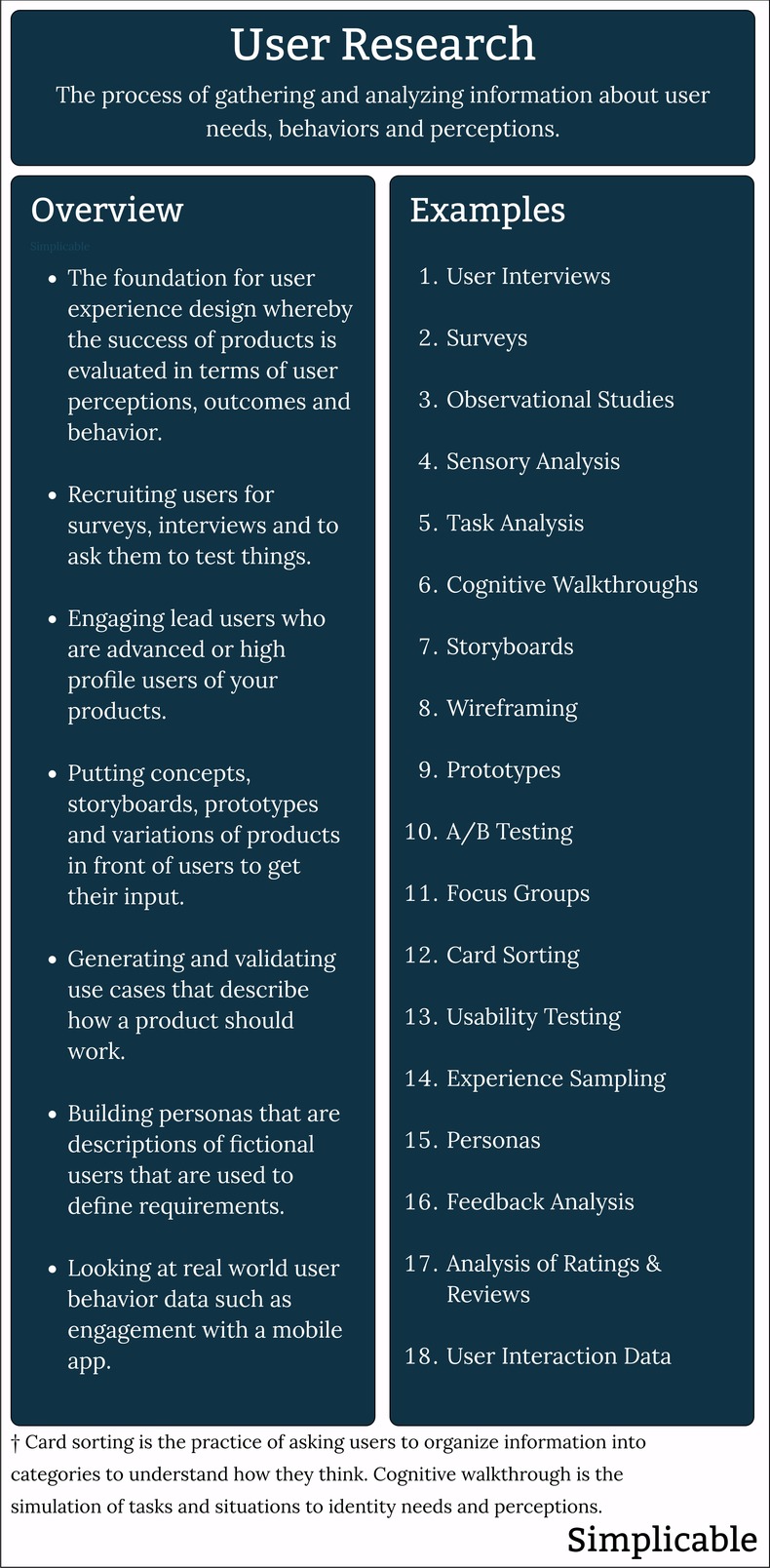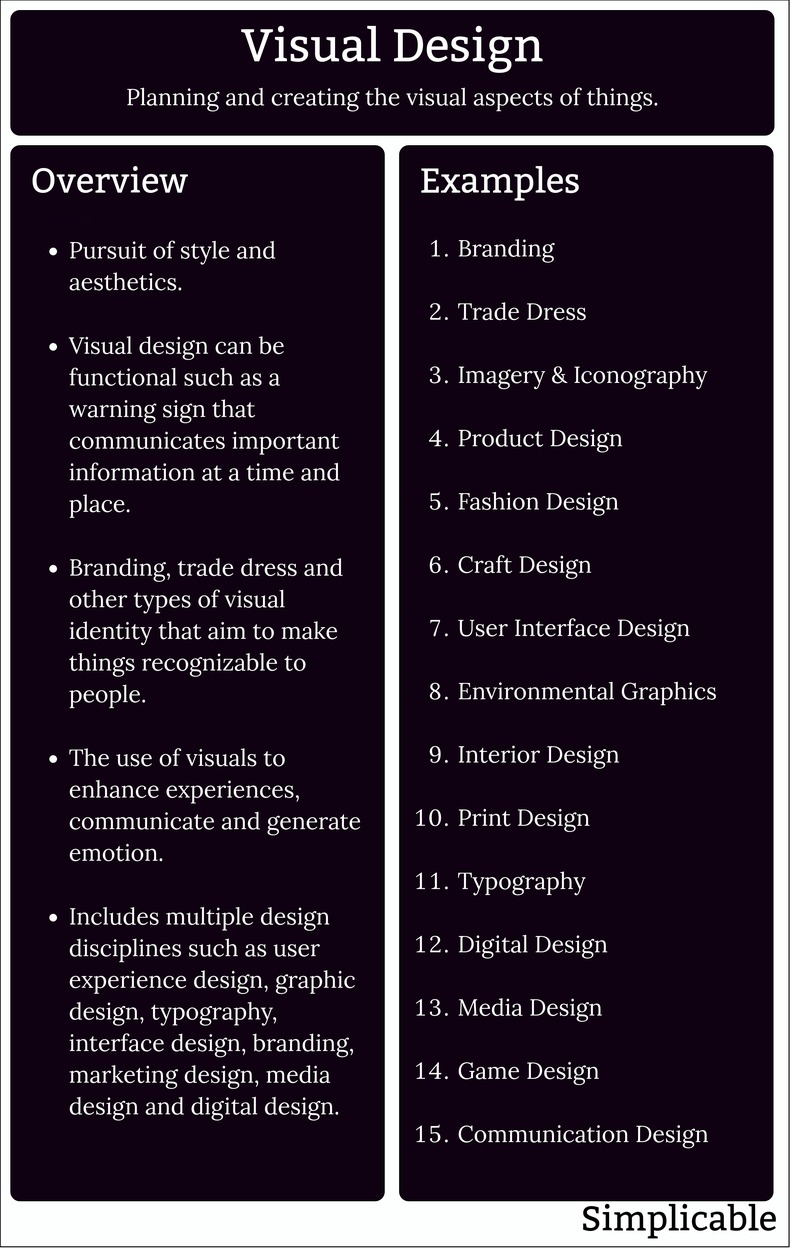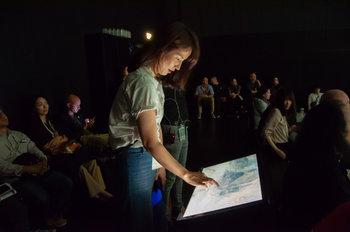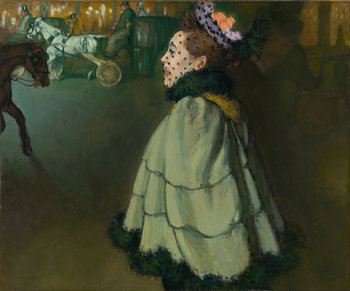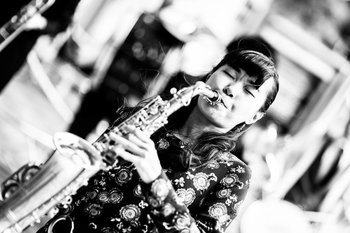|
| |
User experience design, or UX, is the use of user needs, behavior and perceptions to drive a design process. This means that the success or failure of designs is evaluated in terms of the user. User experience design can be used to design products, services, experiences, media, physical environments and digital environments. The following are the basic types of user experience design.
User ResearchUser research is the process of engaging with the user to obtain quantitative and qualitative information and feedback regarding user goals, tasks, needs, behavior and perceptions. For example, showing a trailer for a film to users to understand their perceptions and level of interest in the film.Visual DesignUser experience design can be applied to any type of design that users experience directly. This begins with visual design whereby visuals influence user experiences, perceptions and behavior. For example, a button that users largely ignore due to its neutral color.
Interaction DesignDesign focused on interactions between users and products, services, media, systems and environments. Considers how users control things and perceive responses.Information DesignThe design of information and information environments. This includes the process of structuring information, visualizing information and providing interactive environments that allow users to explore information.Product DesignThe design of products including functions, features, user interfaces, visual design, information design, packaging and general customer experience.Service DesignThe design of services including service delivery processes, service environments, user interfaces and products related to the service. This can involve an examination of the end-to-end customer journey including all touchpoints with the service.Commercial DesignThe design of commercial facilities potentially including interior design, exterior design and landscaping. This includes specialized types of design such as retail design, hospitality design and office design.DiscussionThe user experience design evaluates designs in terms of the perceptions and behavior of users. For example, a hat is that is high quality if users perceive it as such or a video game that is entertaining if users engage with it for long periods of time in the real world. Next: Types of Design
More about user experience design:
If you enjoyed this page, please consider bookmarking Simplicable.
A definition of sensory design with examples.
An overview of user analysis with examples.
Common principles of user experience design.
An extensive list of usability principles.
A comprehensive guide to design.
An overview of color theory.
The difference between layout and composition.
The difference between modeless and contextual user interfaces explained.
A list of common types of design.
The steps in a design process.
The common types of design quality.
A definition of universal design with examples.
The definition of elegance with examples.
A list of steps for building a brand.
An overview of bliss point, a marketing principle.
The difference between brand recognition and awareness explained.
An overview of 20+ common branding techniques.
An overview of a common branding strategy.
A definition of brand diffusion with an example.
A definition of brand loyalty with examples.
A definition of lifestyle brand with examples.
Common types of visual branding.
Common types of brand implementation.
TrendingThe most popular articles on Simplicable in the past day.
Recent posts or updates on Simplicable.
Site Map
© 2010-2023 Simplicable. All Rights Reserved. Reproduction of materials found on this site, in any form, without explicit permission is prohibited.
View credits & copyrights or citation information for this page.
|
